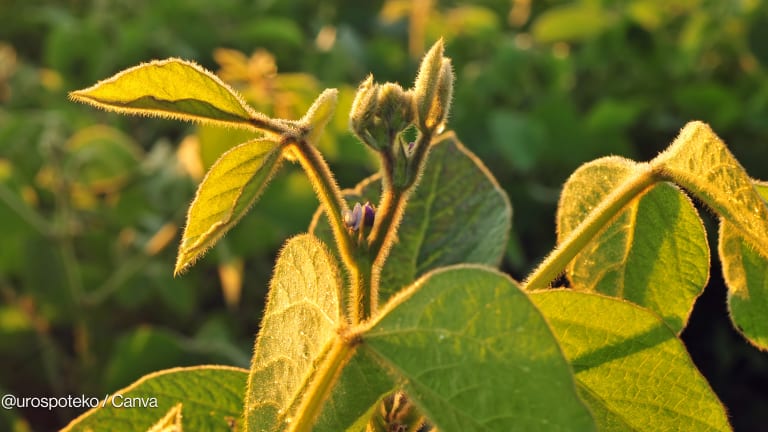
WASHINGTON — Women in Latin America and the Caribbean are among the most food insecure people in the world, due in part to the outsized impact climate change has on them.
Food insecurity is on the rise worldwide, according to a report by the Food and Agriculture Association, but Latin America and the Caribbean have the largest gender gap of food insecurity in the world: 5.1 percent of women (19.4 million) to 4.2 percent of men (15.3 million) have been food insecure in the past three years.
“Women are still facing many more constraints in accessing entitlements and assets. They also have less access to social and natural resources that they need, in particular in the case of extreme climatic events,” said Ilaria Sisto, gender and capacity development officer at FAO. “In the region, women are still facing less access to financial resources, to land, to education, to information.”
Sisto said the cumulative effect of changes in climate undermines all dimensions of food security, including food availability, access, utilization, and stability. Ten percent of women (6.4 million) in Central America and 6.3 percent of women (9.6 million) in South America live in serious food insecurity.

The Dry Corridor in the Northern Triangle of Latin America — El Salvador, Guatemala, and Honduras — experienced one of the worst droughts in the past 10 years during the 2015-16 El Niño. Over 3.6 million people needed humanitarian aid as a result of drought in the region, which lost between 50-90 percent of its harvest. According to the FAO report, agricultural export reductions and import increases as a result of climate-related shocks are largest in Latin American and the Caribbean, and Asia.
Because women are an average of 43 percent of the agricultural labor force in developing countries, they are key players in the effort to build resilience to climate shocks, Sisto said. But in some Latin American communities, only men have the right to cultivate particular crops and access markets to sell agricultural commodities. Male out-migration also increases the burden of food insecurity on women during climate shocks, such as droughts and floods, because they are left behind in communities to care and provide for children and the elderly.
Inefficient spending costs Latin America $220B, stalls development
A report from the Inter-American Development Bank found that inefficient government spending is worth 4.4 percent of Latin American and Caribbean GDP.
Economic slowdowns have also left regional governments ill-equipped to implement social programs to assist those impacted by extreme climate events, the intensity of which has more than doubled in Latin America and the Caribbean between 1996 and 2016. Floods, which cause more climate-related disasters than any other extreme climate event, have increased in the region since 2013.
Climate-related displacement also causes additional psychological and emotional stress on women, which can lead to reduced food intake, Sisto said. Women family farmers generally also have about 5-10 percent less access to credit than men family farmers, leaving climate-change adaptive farming practices prohibitively expensive for women. Sisto said social norms and time constraints can make it difficult for women farmers to supplement their income off-farm, which makes them vulnerable to variations in their agricultural production.
In Latin America, women can also experience negative psychological impacts caused by gender-based violence, which can disrupt safety nets and lead to greater food insecurity. Mothers also tend to delay their own nutrition needs in favor of children and dependents.
Building the resilience of women, in particular, is key to countering the rise in food insecurity, Sisto said. Program designers and policymakers must prioritize the needs of women farmers as they look toward reaching the Sustainable Development Goals by 2030, with a focus on locally-tailored climate resiliency measures.
One way to address outsized food insecurity among women is to ensure they have the same access to decent employment and agricultural resources as men, Sisto said.
“We need to assess what are the specific differences between men and women and trying to collect certain types of gender data, analyze it and try to see what could be the specific response we can give to tackle this discrimination and these sources of inequality,” Sisto said.
“Once you get this evidence base and you can produce a baseline, then you can develop the proper strategy or plan of action and any type of intervention so that you can address specific gender constraints.”








